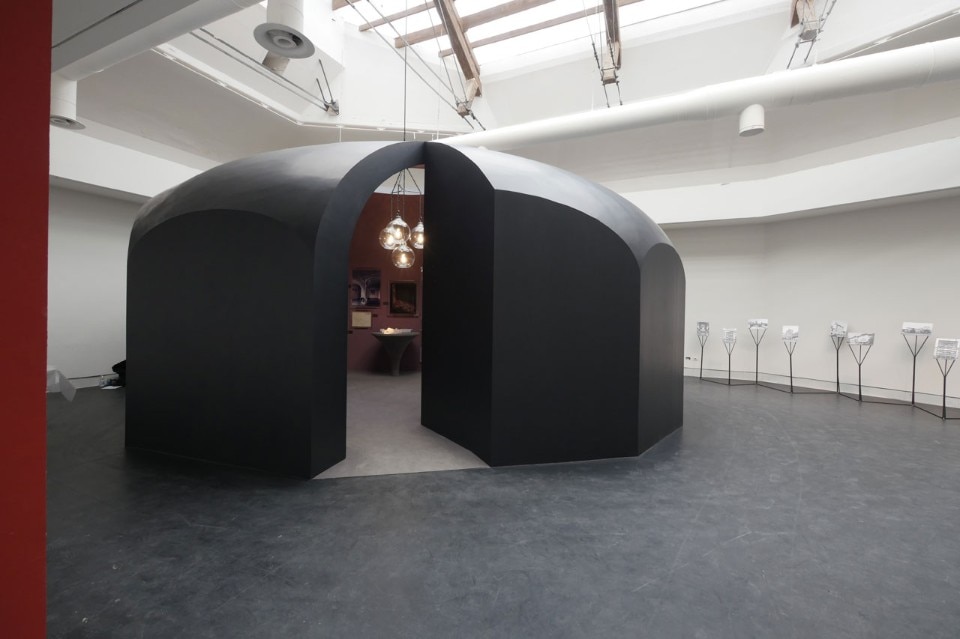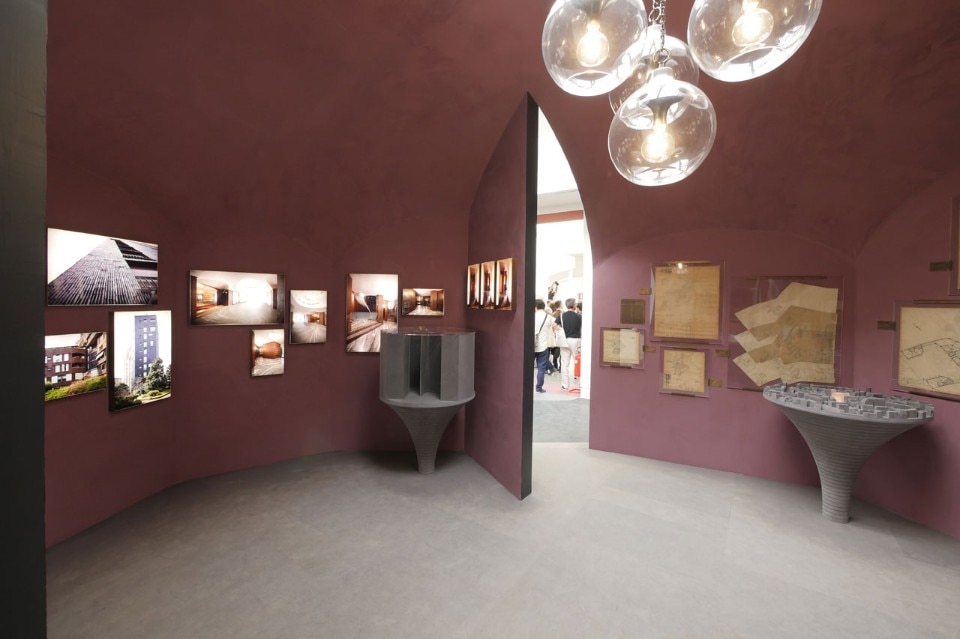“Everyday Wonders” is a substantial exhibition at the Venice Biennale Central Pavilion, where the architect Cino Zucchi gives us his slant on Luigi Caccia Dominioni’s work – most of it located in Milan.
The exhibition delves into the world of the architect Luigi Caccia Dominioni and his very personal way of conceiving architecture. His is an extraordinary balance of urban scale, clever inventions and design skills. This mix produced original types of space and a wealth of figurative solutions. Cino Zucchi (1955) probes these aspects by going beyond the tradition-versus-modernity key that has been a favourite focus of Italian debate since the postwar period, an interpretation that has long been the only consideration given to Caccia's freestyle and rather complex work.
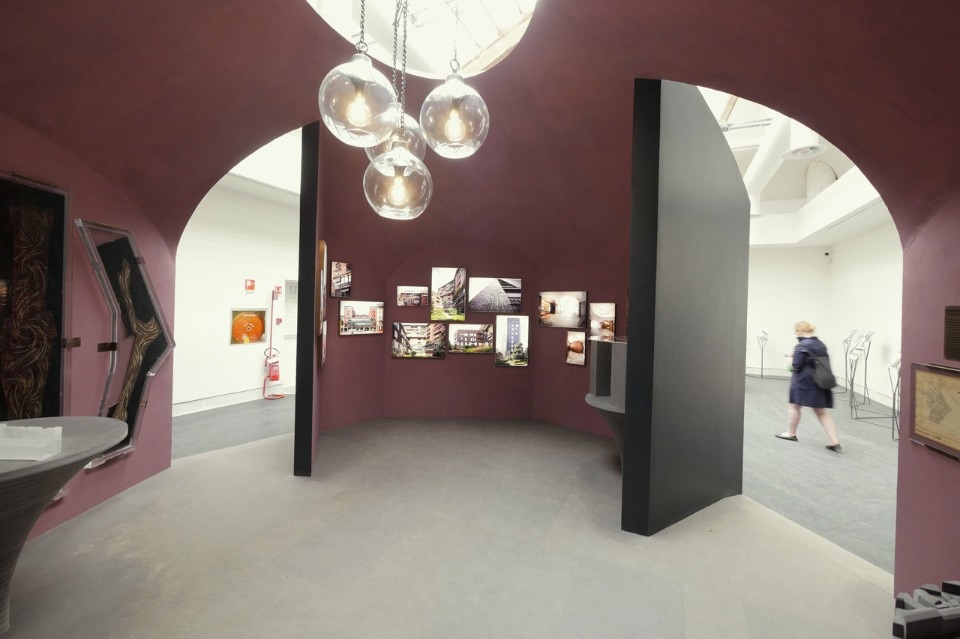
 View gallery
View gallery

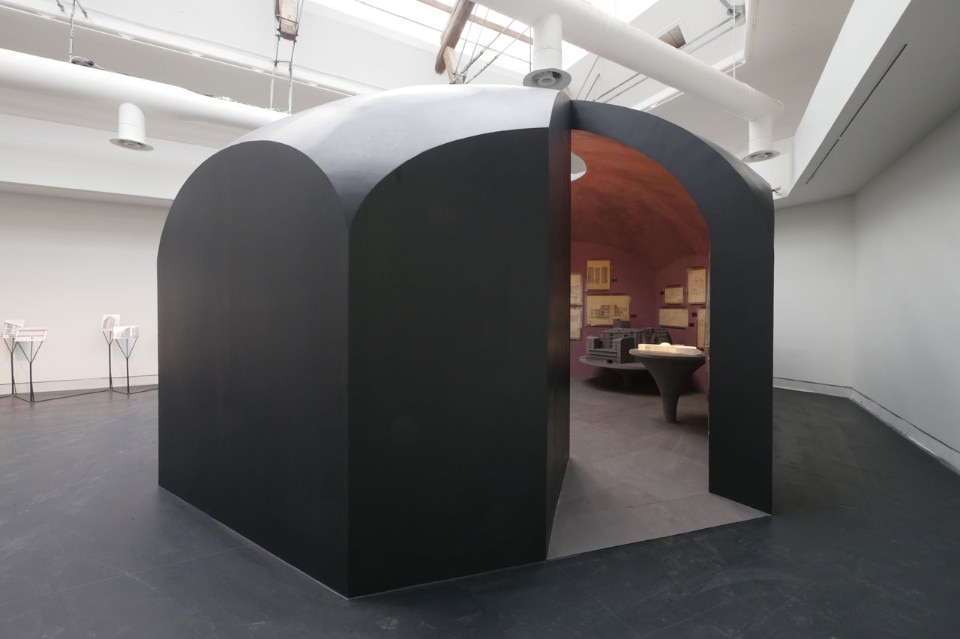






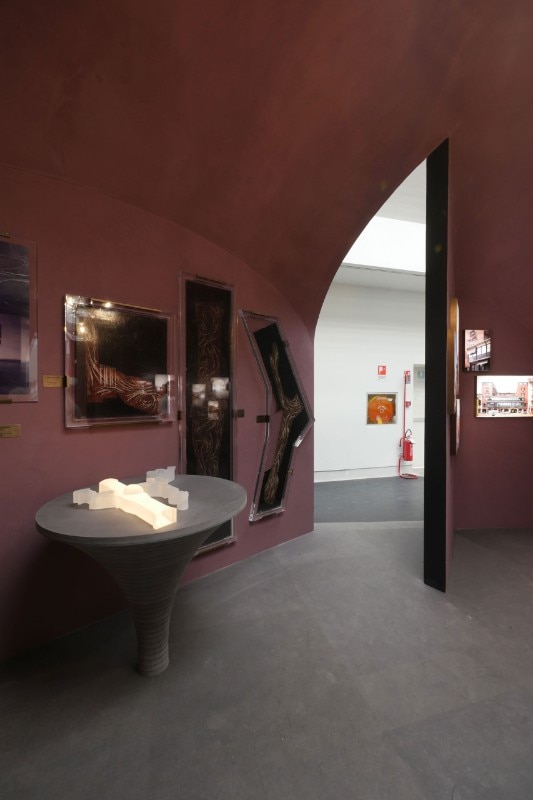


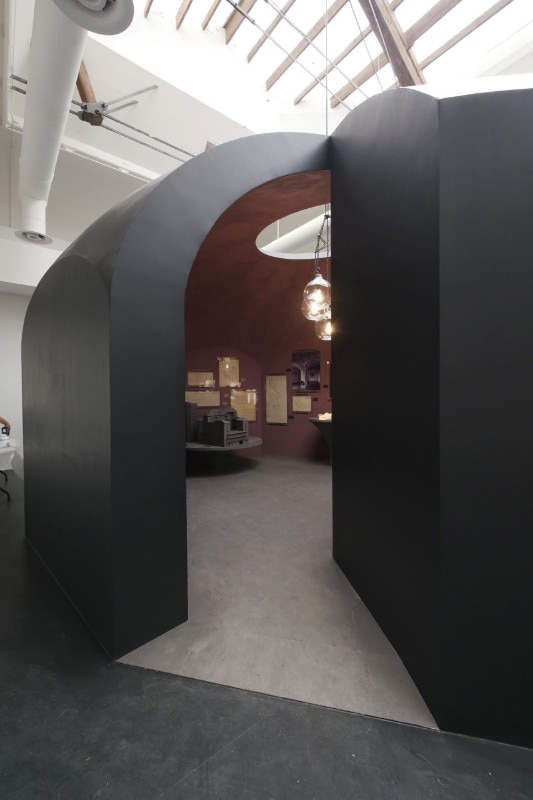

By means of a previously unpublished and specially made photo-reportage, Zucchi organises LCD’s oeuvre in three thematic groups: facades, interiors and details. The facades are inhabited screens in the city, “important elements of interface and dialogue between the private dimension of the dwelling and the public dimension of the urban space,” writes Zucchi. He describes the interiors as “cavities sculpted by light and movement" and the details as "a narrational interlocking of material and form”. These subjects connect coherently to the manifesto for “Freespace”, this year’s Biennale directed by Yvonne Farrell and Shelley McNamara, who sought out “work that exemplifies essential qualities of architecture, which include the modulation, richness and materiality of surface; the orchestration and sequencing of movement, revealing the embodied power and beauty of architecture.”

 View gallery
View gallery

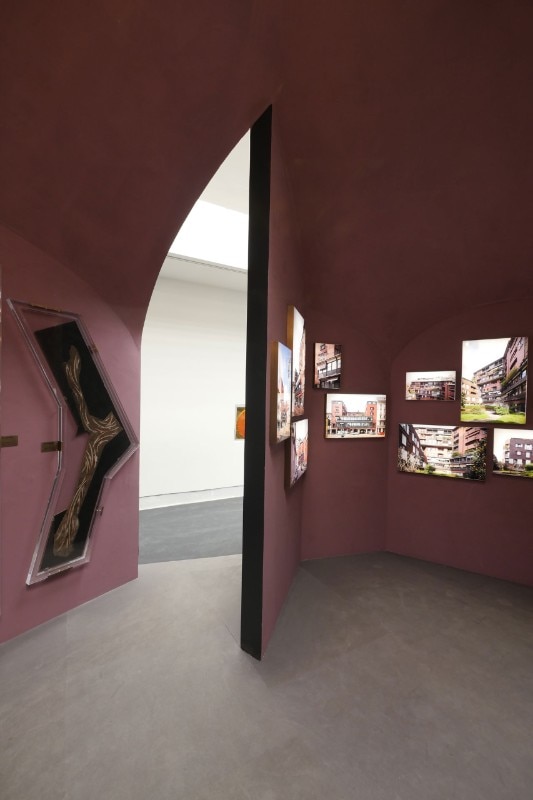



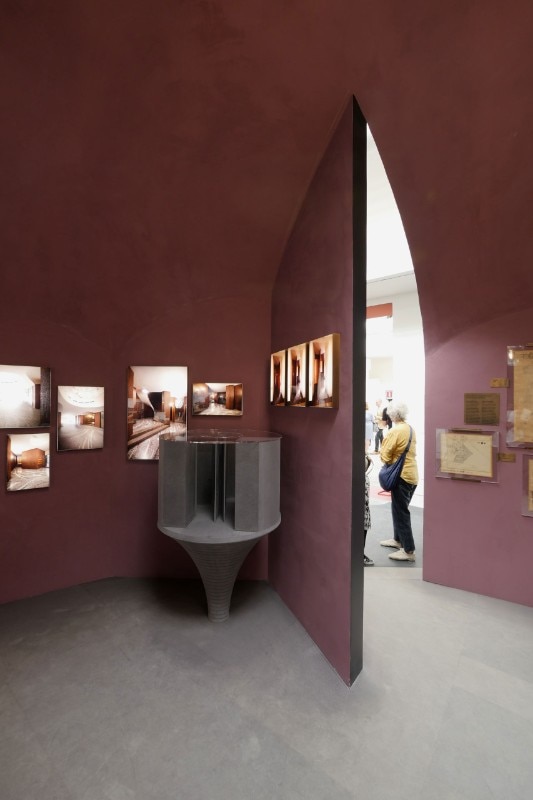
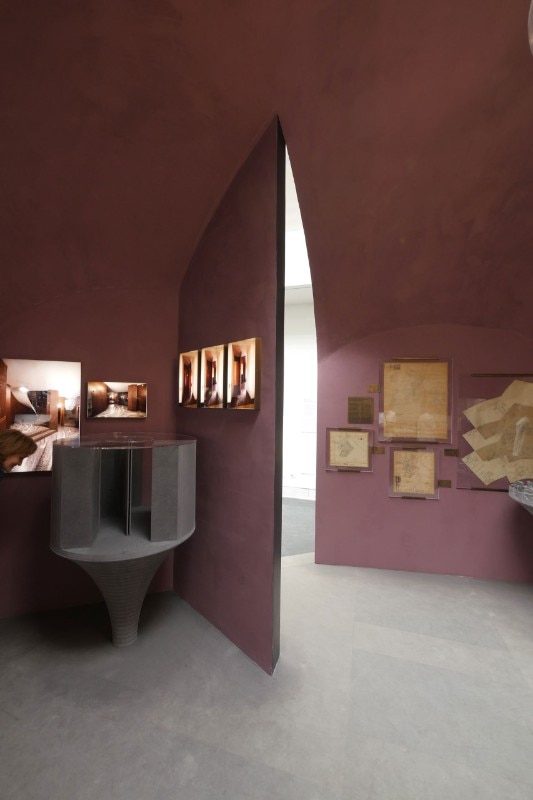

Caccia Dominioni continuously incorporates these themes in his buildings, where an obstacle or a technical limit invariably becomes an occasion for a highy original invention. Along with other cultured architects such as Mario Asnago, Claudio Vender, Vico Magistretti and Giulio Minoletti, LCD was a prolific protagonist of postwar reconstruction in Milan. Zucchi portrays him as a quiet maestro whom he often encountered for professional and personal reasons. A beautiful photograph of Zucchi as a child with a smiling Caccia Dominioni is concealed on the inner flap of the catalogue cover, suggesting an emotional bond and a passing of the baton.

 View gallery
View gallery




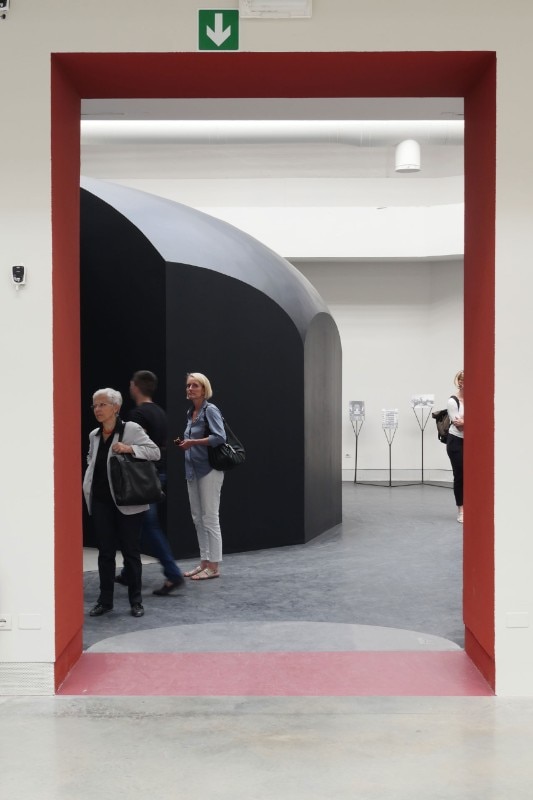


The display designed by Cino Zucchi Architetti meticulously documents LCD’s Milanese projects through photographs exhibited on burnished steel stands. A model of Milan on scale 1:5,000 shows where they are located, allowing us to recognise at a glance the substantial number of restorations, new buildings, apartments, offices and urban passages designed by LCD. At the centre of the exhibition stands a vaulted volume with a polygonal perimeter faceted by seven vertical sides, two of which are entrances. This is a kind of Wunderkammer containing a close-up of one particular project: the TiKiVi complex on Corso Italia in Milan. Designed from 1957 to 1964, the building is “a perfect synthesis between invention and the relation to the surrounding urban structure of Milan's ancient fabric, ripped as it was by bombs during World War II” writes Zucchi. The inner walls of this pavilion-within-the-pavilion are polished Venetian plaster in Pompeian red, a recurrent colour in LCD’s work. They are hung with original drawings and models on different scales made specifically for this occasion, allowing us to appreciate both the urban complexity and the refined details. The latter include a specimen of the LS10 Grappolo lamp (1967) suspended from an elliptical opening – a direct mention of LCD's oval skylights. The route takes on the form of a long-sequence shot, says Zucchi, in order to emphasise the particular concept of “urbanity that radiates from the work to the wider context in space and time”.
Zucchi does not only give a reading of LCD’s work, but reciprocates in an erudite way using a contemporary visual language that is also allusive, containing a play of references that are never an end in themselves. LCD’s accomplished capacities emerge: his ability to control a project on diverse scales, from the lamp to the city, and his great compositional freedom. In Milan, Caccia Dominioni often designed urban passages, for instance on Corso Europa, where a long galleria skirts a building from the street to the court, embellished with stupendously beautiful mosaic flooring by Francesco Somaini, who synergistically collaborated with the architect for many years.
The exhibition is accompanied by a handsome catalogue edited by Cino Zucchi and Orsina Simona Pierini and published by Corraini. It is lavishly illustrated with documentation, photographs, sketches, drawings and includes many, many quotes. Everyday Wonders. Luigi Caccia Dominioni and Milano: the Corso Italia complex
- Exhibition title:
- Meraviglie quotidiane – CZ legge MCD
- Exhibition concept:
- Cino Zucchi
- Research and coordination:
- Orsina Simona Pierini
- Display design:
- Cino Zucchi, Orsina Simona Pierini, Stefano Goffi, Giulia Novati, Giulia Pellegrino, Michele Piolini con Matteo Ardone
- Design team:
- Sebastiano Beni, Andrea Bergamini, Luca Franchi, Silvia Giabbanelli, Byoung Hyoo Lee, Marco Modesti, Joseph Rigo, Dennis Saiello
- Venue:
- Padiglione Centrale, Giardini
- Opening dates:
- 24 May – 26 November 2018



